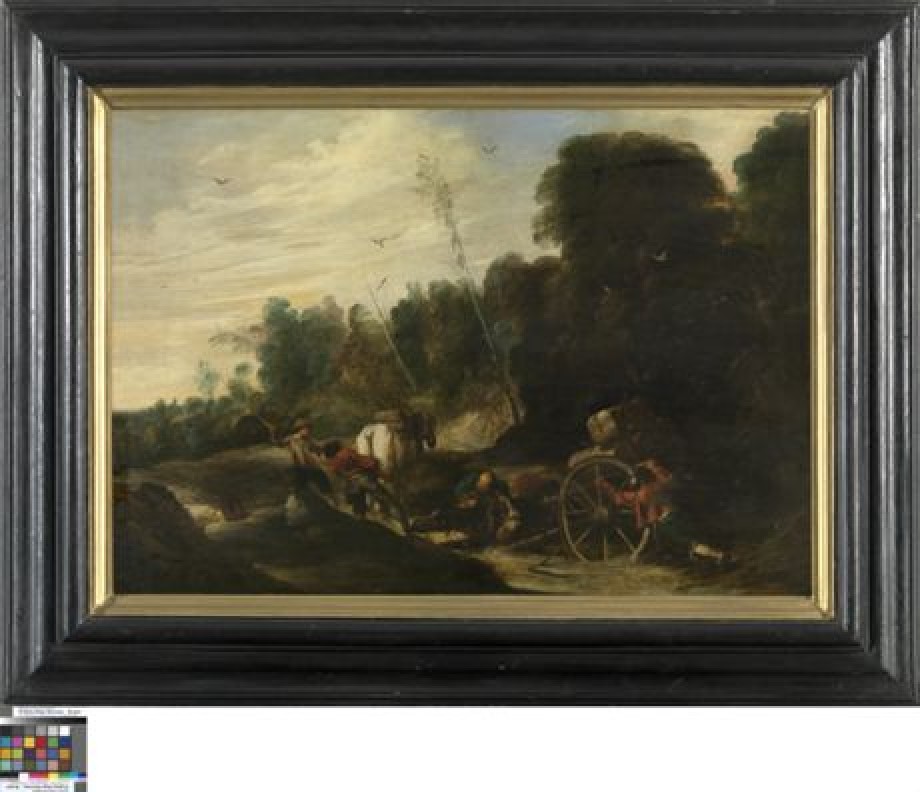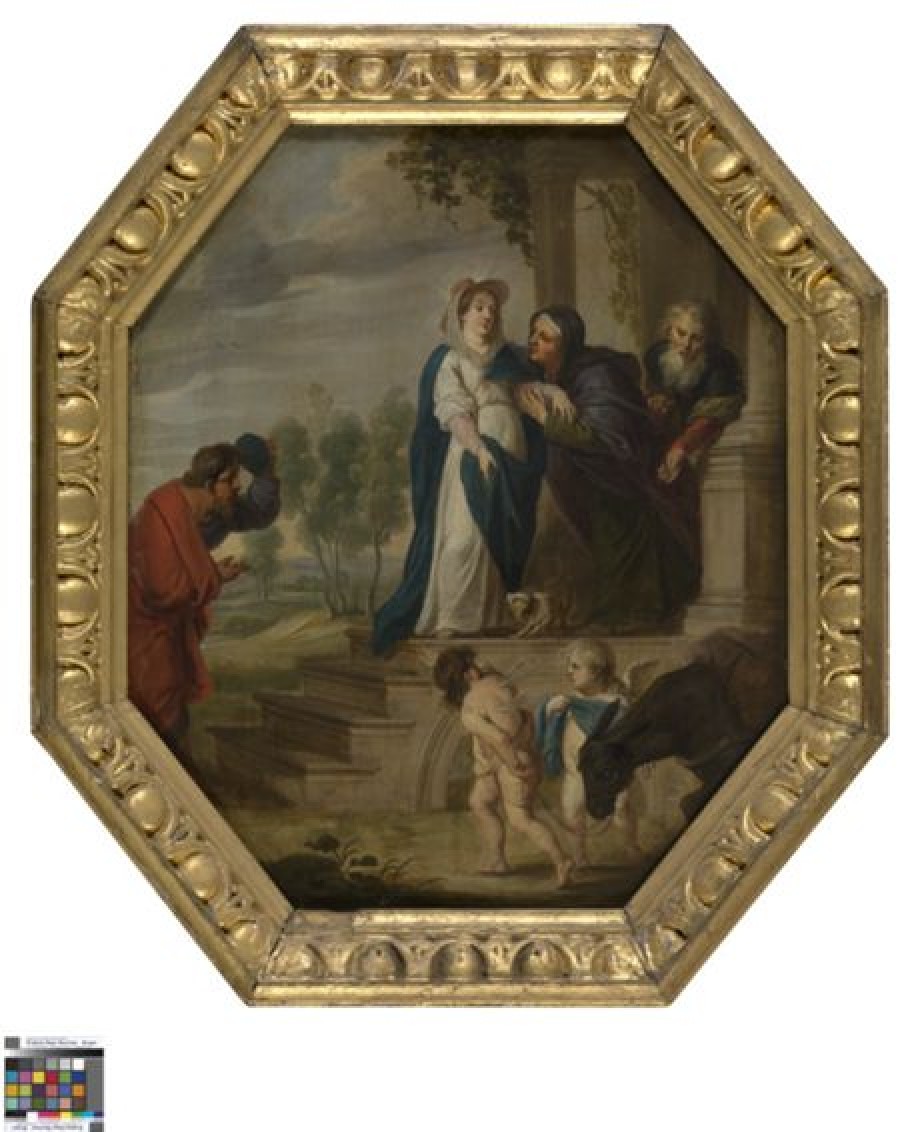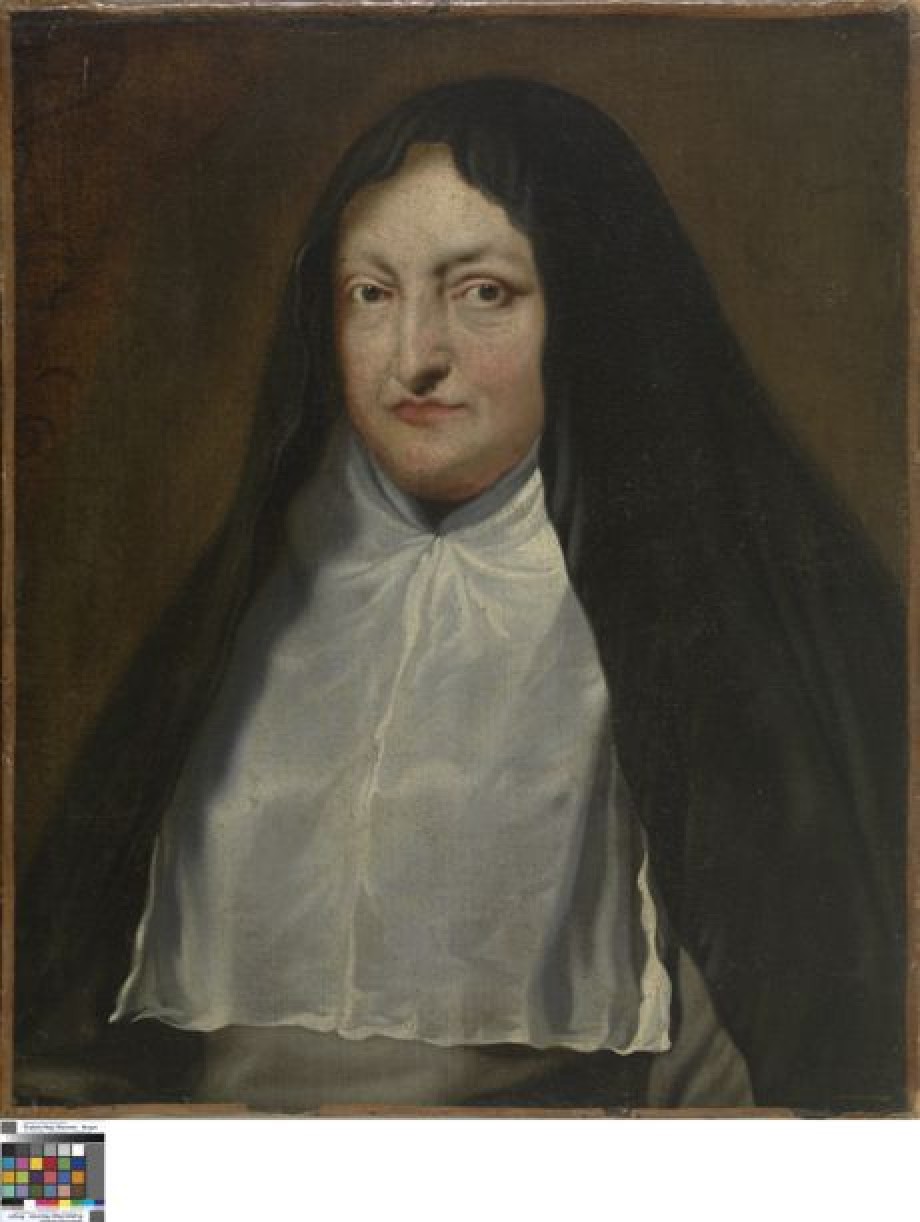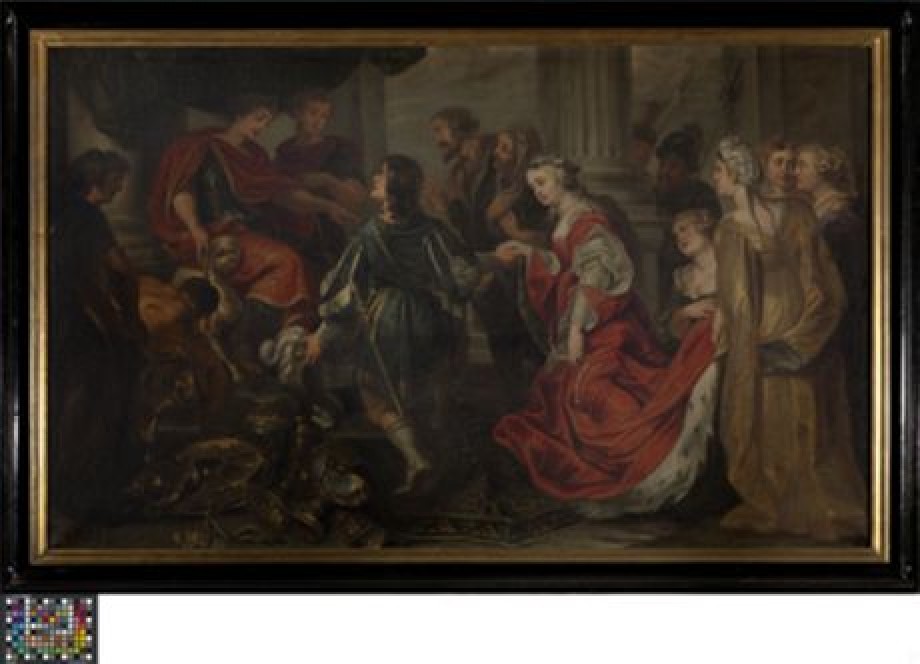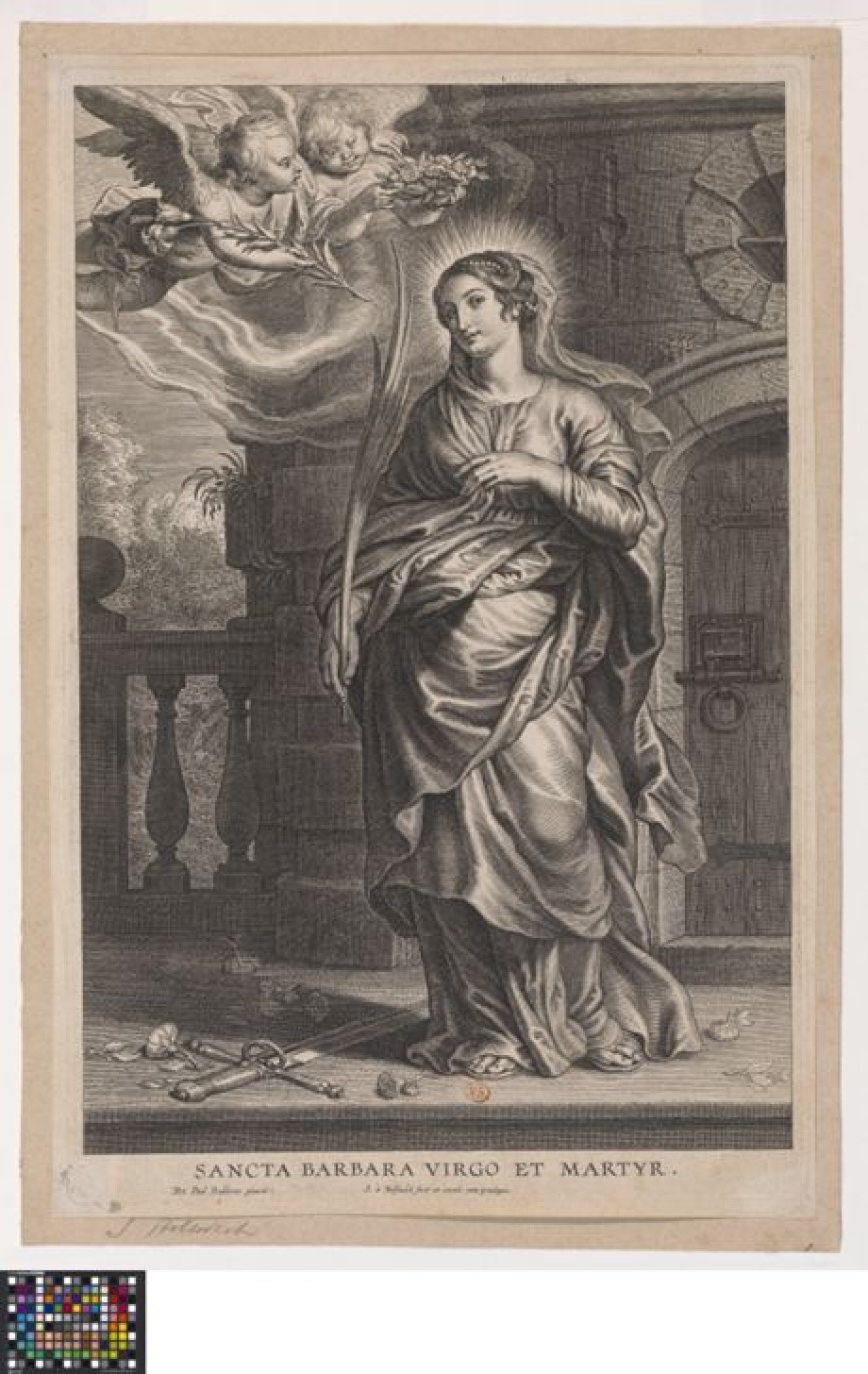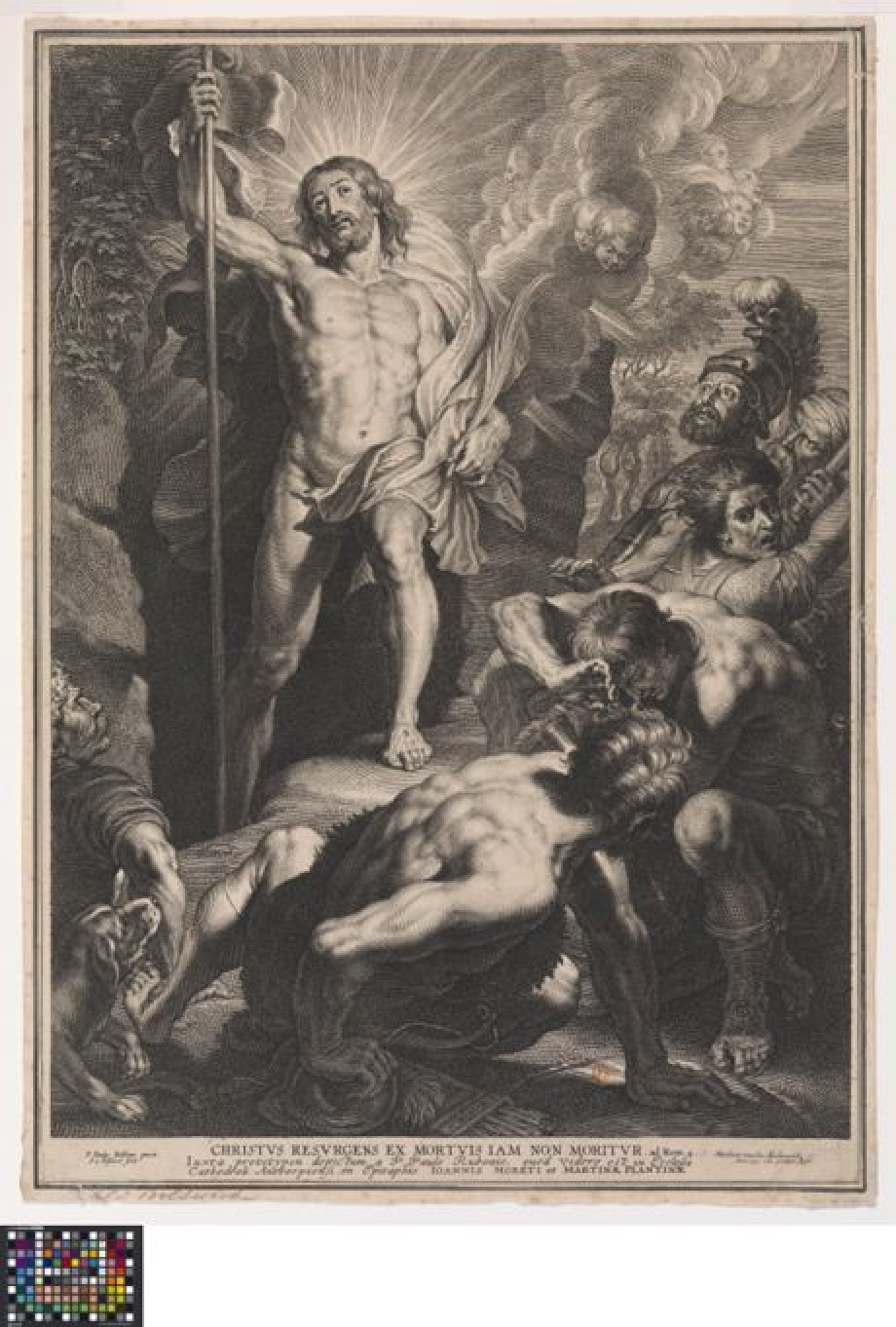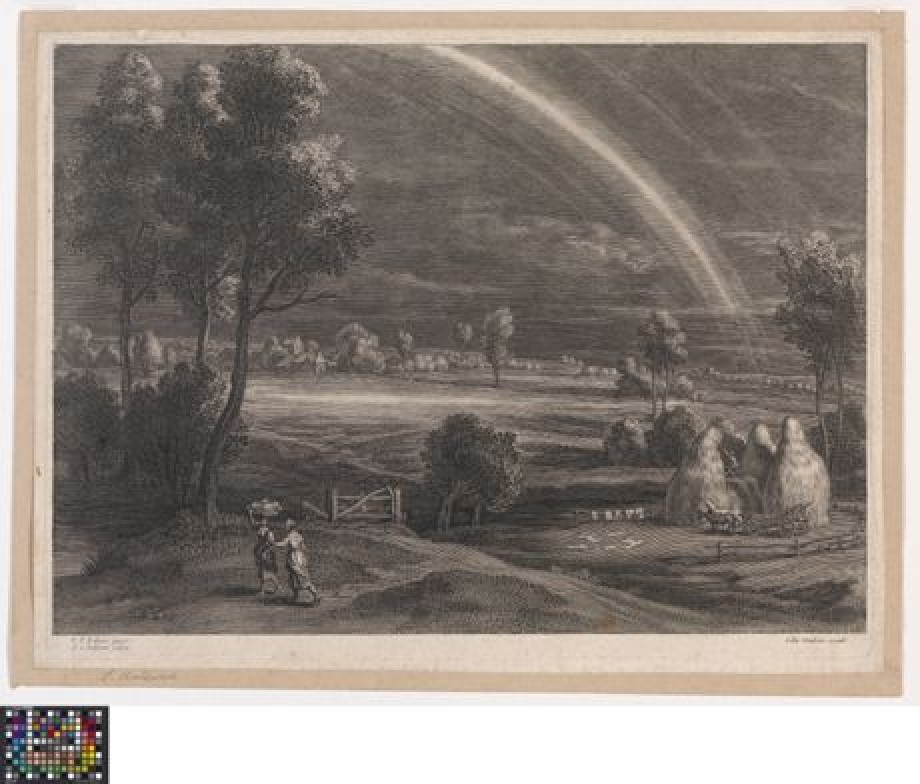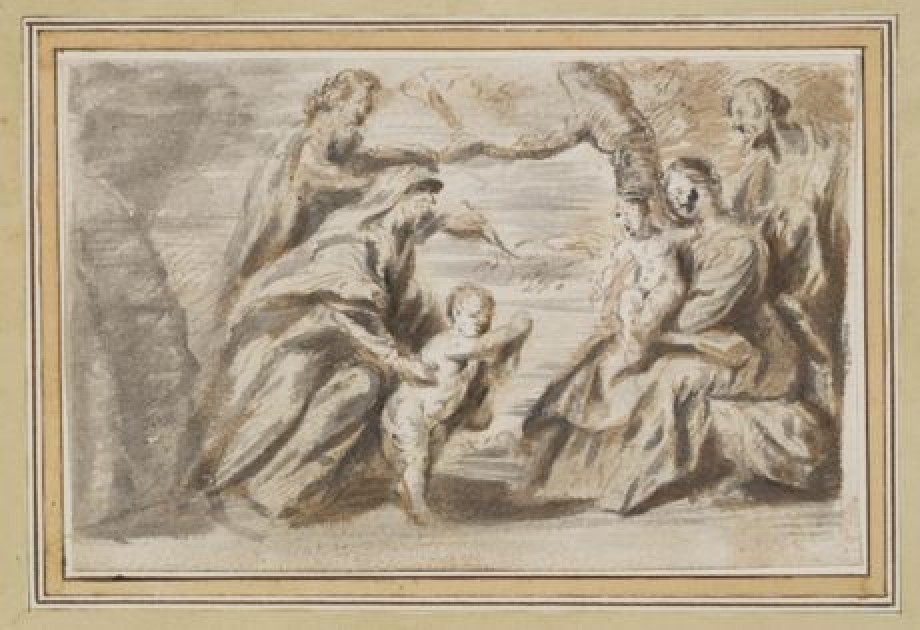
Peter Paul Rubens
More about Peter Paul Rubens
Peter Paul Rubens is an Antwerp painter and draftsman. He is the most important and most celebrated 17th-century artist in Northern Europe. His influence is especially large. Rubens is the epitome of the pictor doctus, or learned artist. He receives a Humanistic education, possesses an extensive knowledge of languages, knows the Classical literature and models himself on the Neo-Stoic tenets of Justus Lipsius (1532-1599). Rubens collects antiquities and paintings. The artist works his intellectual acumen into his works.
Rubens is a true court painter and because of his intellectual qualities, he is asked to undertake diplomatic journeys. He is exceptionally successful as an artist and for the numerous commissions he can rely upon a studio with outstanding collaborators. Well-known artists such as Anthony van Dyck (1599-1641) pass through there. Rubens takes on anything and completes monumental altarpieces, large mythological cycles, portraits, dramatic animal pieces, landscapes, architecture plans, graphic arts and tapestry designs.
A defining moment in his career is his stay in Italy, from 1600 to 1608. Primarily the work out of the Veneto, in particular the work of Titian (ca. 1485/90-1576) and Tintoretto (1519-1594), leave an indelible mark. This is expressed in the dramatic composition, and the usage of colour, light and space. Moreover, he bases himself on the chiaroscuro of Caravaggio (1571-1610) among others, on the monumental figures of Michelangelo (1475-1564) and the work of Raphael.
Around 1608-1612, Rubens is strongly influenced by the Caravaggio movement and the athletic figures of Michelangelo. Between 1612 and 1620, he evolves towards a more Classicist style: harmonious structure, sculptural figures and saturated colours. The prime example is Descent from the Cross in the Antwerp Cathedral of Our Lady.
From 1620, the so-called High Baroque (maniera grande) makes its entrance into the works of Rubens. It deals with an elevated expression, larger dramatic elements and pieces of monumental size. The triumphalist propaganda of the Counter Reformation is echoed in Rubens' work. A typical example is The Fall of the Damned (Alte Pinakothek, Munich).
Around 1630, Rubens leans stylistically close to Titan's ultima maniera, or final style development. In this manner, Rubens strives to allow painting parts to blend together. He exchanges the thicker applied paint from around 1612 for a lighter manner of painting: softer palette, looser brush strokes. Rubens is known for his passionate and quick method of painting.
Towards the end of his life, Rubens' style becomes more lyrical. In this period, the Master concentrates on landscapes, inter alia. Works with mythological stories remain popular. In this view, the cycle on the Metamorphoses of Ovid as a decorative programme of the hunting lodge Torre de la Parada of Philip IV must be mentioned.
1568-1589
Rubens' father is Jan Rubens (died 1587), active as a lawyer and magistrate in Antwerp. Rubens' mother is Maria Pijpelinckx (died 1608). The parental couple leaves Antwerp in 1568 because of their conflicting Lutheran faith. They travel to present-day Germany and live respectively in Cologne, Siegen and then again in Cologne. The Rubens family consists of three children: Blandina, Filips and Peter Paul.
28 June 1577
Peter Paul Rubens was most likely born in Siegen.
1587
Jan Rubens dies. Rubens and his family still stay until 1589 living in Cologne.
1589
The Rubens family returns to Antwerp.
The young Rubens is converted to Catholicism and receives a Humanistic education. He goes to school at the Latin school of Rombout Verdonck in Antwerp. Consequently he becomes a page in service of Marguerite de Lalaing d'Arenberg, Countess of Ligne.
In order to learn the craft of painting, Rubens subsequently goes as a student to the Masters Tobias Verhaecht (1561-1630), Adam van Noort (1562-1641) and Otto van Veen (1556-1629). Otto van Veen is his most important instructor. Rubens learns from him the finesses of the Italian High Renaissance from the 16th Century.
1598
Rubens becomes Free Master in the Antwerp Saint Luke Guild. In this period he completes works that strongly resemble those of his instructor van Veen. Only a few youthful works have survived. Examples are Adam and Eve from the collection of the Rubenshuis (Antwerp) and the Battle of the Amazons (Bildergalerie, Potsdam-Sanssouci).
1600-1608
Rubens stays on the Italian peninsula. There he is in the service for Vincenzo Gonzaga (1562-1612), Duke of Mantua. The artist receives the permission to visit all of the important art centres in Italy. Rome and the Veneto primarily make an impression on him. There he studies the art of the Classic Antiquity, the Renaissance and the early Baroque.
1603
Rubens travels on duty for Gonzaga to Spain. He paints The equestrian Portrait of the Duke of Lerma (Museo del Prado, Madrid).
1604-05
Peter Paul Rubens paints on commission of Vincenzo Gonzaga 3 large canvases for the Capella Maggiore in the Santissima Trinità in Mantua. One of the canvases, The Baptism of Christ, made for the sidewalls of the choir, is now found in the collection of the Royal Museum of Fine Arts in Antwerp.
1605-06
Rubens works in Genoa and among other things, makes portraits of the city aristocracy.
End 1606-1608
Rubens goes to live in Rome, along with his brother Filips. There he receives important commissions for altarpieces by the order of the Oratorians. Rubens paints Saint George and other Saints (Musée des Beaux-Arts, Grenoble) for the main altar of Santa Maria in Vallicella in Rome. Because of compositional reasons, he is asked to make a new version.
1608
Rubens finishes the second version of Saint George and other Saints (Santa Maria in Vallicella, Rome).
Rubens' mother dies in October and he is back in Antwerp. He shall never return to Italy.
1609
The Twelve-Year Treaty (1609-1621) under Archduke and Duchess Albrecht and Isabella ensures for a more fluid economy. Rubens becomes named as their court painter. He is not required to reside in the court in Brussels and establishes himself in Antwerp.
3 October 1609
Rubens marries Isabella Brant (1591-1626) and in this light paints Self-portrait with Isabella Brant (Alte Pinakothek, Munich).
1609-10
Around 1609-10, Rubens paints Samson and Delilah for the grand salon in Nicolaas Rockox's house (1560-1640) (London, National Gallery of Art). By request of Rockox, Rubens delivers The Adoration of the Magi for the Antwerp City Hall (Museo del Prado, Madrid). The artist begins on the monumental triptych with The Raising of the Cross, which was installed on the main altar of the no longer extant Walburgis Church. (Cathedral of Our Lady, Antwerp)
1611
Clara Serena, his first child, is born. His brother Filips Rubens dies.
1612-1614
On commission by the Kolvenier Guild, probably by request of Rockox, who is the chairman of the guild, Rubens paints Descent from the Cross (Cathedral of Our Lady, Antwerp).
1613
Nicolaas Rockox orders Epitaph of Nikolaas Rockox and his Wife Adriana Perez (Rockox Triptych, KMSKA, Antwerp) as an epitaph for himself and his wife Adriana Perez in the Immaculata Chapel in the former Friars Minor Church in Antwerp.
1614
Rubens' first son, Albert, is born.
Venus Frigida (KMSKA, Antwerp) is one of the few works that is dated and signed. After 1640, the panel is enlarged considerably, with a landscape, inter alia.
1616-1621
Rubens has his house and studio built on the Wapper in Antwerp. For the design, he bases it on the palazzi of Genoa.
1616-17
For the Saint John's Church in Mechelen, Rubens paints The Adoration of the Magi.
20 June 1617
Merchant Jan Michielsen dies in Antwerp. His widow, Maria Maes, orders from Rubens the triptych Epitaph of Jan Michielsen and his Wife Maria Maes (Christ on the straw, 1618) as an epitaph for his tomb in the Cathedral of Our Lady in Antwerp (KMSKA, Antwerp).
Circa 1617-18
The commission comes in for a tapestry series around Decius Mus-Rubens' first tapestry series.
1618
Rubens' second son, Nicolaas, is born.
Circa 1618
The artist completes The Prodigal Son (KMSKA, Antwerp).
17 May 1619
Rubens signs a receipt for 750 guilders, an indication that The Last Communion of Francis of Assisi (KMSKA, Antwerp) for the Antwerp Friars Minor Church is done.
11 August 1619
The Triptych with the Miraculous Catch of Fish is taken to the Church of Our Lady on the Dijle in Mechelen. Rubens receives 1600 guilders from the guild deans.
1620
The Jesuits of the Saint Ignatius Church ( today known as the Saint Charles Borromeo's Church) in Antwerp order from Rubens 39 ceiling paintings and three altarpieces. Rubens designs the models, but Anthony van Dyck has the lead on the commission and does a substantial part of the ceiling paintings himself. Scenes from the Old and New Testament are carried out in shortened perspective and are enlivened by architectural trompe-l'oeils. In 1718, the ceiling paintings suffered irreparable damage by a fire after a lightning strike.
Around 1620
Nicolaas Rockox again has a hand in the order for a painting. Christ on the Cross ("Le coup de lance") is intended for the new high altar of the Friars Minor Church in Antwerp (KMSKA, Antwerp). Rubens' best student, Anthony van Dyck helps with the painting.
For the tomb monument of Jan de Pape and Judoca van der Capelle in the Church of the calced Carmelites (Our Blessed Lady Brothers) Rubens paints The Holy Trinity (KMSKA, Antwerp).
1624
Rubens is elevated to nobility. On commission by Bishop Antonius Triest (1576-1657), Rubens paints The Conversion of Saint Bavo in the Cloister for the high altar of the Saint Bavo Cathedral in Ghent.
23 December 1624 and 29 August 1626
For the Adoration of the Magi (KMSKA, Antwerp), destined for the church of the Saint Michael's Abbey, Rubens' fee (1500 guilders) is paid out in two times. The design of the original marble images of the vesitbule in which the altar is attached, is also by Rubens' hand. The vestibule was sold during the time of the French rule and is now found in the church of Zundert (Holland).
Circa 1626-27
Rubens finishes The Assumption of the Virgin for the high altar of the Cathedral of Our Lady Cathedral.
1628
For the Antwerp Saint Augustine Church, Rubens makes Holy Virgin surrounded by Saints (KMSKA, Antwerp). Respectively on the left-side altar and the right-side altar are van Dyck's Saint Augustine in Ecstasy (KMSKA, Antwerp) and Jordaens' The Martyrdom of Saint Apollonia (Royal Museums of Fine Arts of Belgium, Brussels).
Circa 1628
Rubens completes a portrait of the Humanist Jan Gaspard Gevartius (KMSKA, Antwerp).
Between 1628-1631
Rubens takes part in diplomatic missions. He travels to the court of Philip IV in Madrid and travels on 29 April 1629 to the court of Charles I in London in the capacity of the treaty alliance with Spain. In 1630, Rubens is knighted by Charles I. On 6 December 1630, he marries Hélèna Fourment (1614–1673). In 1631, he travels to The Hague because of treaty negotiations.
Circa 1630
The Education of Mary is found in the no longer extant Discalsen Church in Antwerp, along with its counterpart Teresa of Ávila Obtains Bernardino de Mendoza's Release from Purgatory through the Intercession of Christ (KMSKA, Antwerp).
1632
Daughter Clara Johanna is born.
1633
Holy Family with the Parrot (KMSKA, Antwerp) is given to the Antwerp Saint Luke Guild by Rubens. Rubens is chosen as dean, but to his liking, he does not actually have to govern the guild. Sculptor Hans van Mildert takes up the task.
For a side altar in the no longer extant Recollecten Church in Ghent, Rubens paints Saint Francis receiving the Stigmata (MSK, Ghent).
1635
For the Glorious Entrance of Cardinal-infant Ferdinand (1609-1641) (Pompa Introitus Ferdinandi) Rubens, along with Jan Gaspard Gevertius and Nicolaas Rockox, designs the decorative programme, which is carried out by various artists. The series for the Banqueting Hall in the palace of Whitehall (London), a commission by Charles 1, is finished.
His daughter Isabella Helena is born and he buys Het Steen in Elewijt near Mechelen.
Ca. 1635
Virgin surrounded by Saints is made and Rubens asks a few days before his death whether the painting could be placed in the chapel above his tomb in the Saint James's Church in Antwerp.
1636
Rubens becomes court painter for Cardinal-infant Ferdinand. The commission by Philip IV for the decoration of his hunting pavilion Torre de la Parada in the vicinity of Madrid comes in. Of the 100 or so mythological paintings, a portion of them are executed by other artists.
1640
On 27 May, Rubens has his will and testament made. He dies on 30 May. The Master is buried in the Saint James's Church in Antwerp.
1645
The easterly Our Lady Chapel, the private mausoleum chapel of the Rubens family in the Saint James's Church, is completed.
Text: Matthias Depoorter
